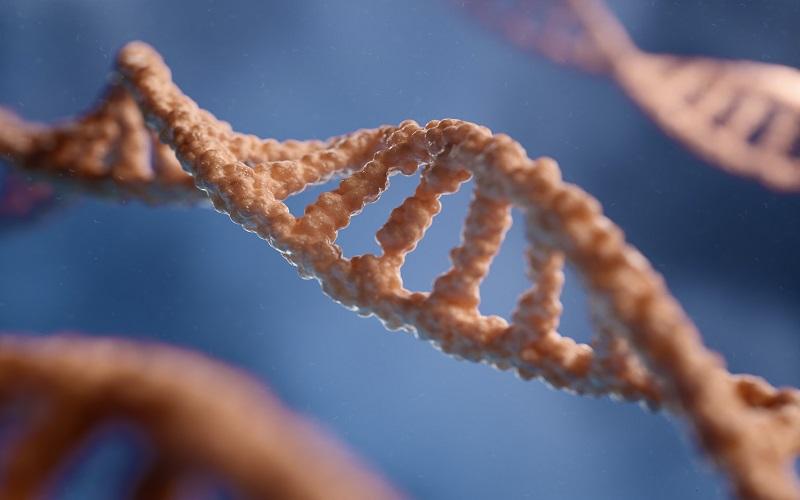The Erythropoietin (EPO) protein, also known as hematopoietin or erythropoietin, is a glycoprotein hormone that plays a crucial role in the regulation of red blood cell production. In this blog, we will explore the structure, function, therapeutic applications, and controversies surrounding EPO protein.
Structure and Function
EPO is primarily produced in the kidneys in response to low oxygen levels in the blood. Its production can also be triggered by various factors such as high altitude, anemia, or kidney disease. EPO acts on erythroid progenitor cells in the bone marrow, stimulating their proliferation, differentiation, and maturation into mature red blood cells. This process, known as erythropoiesis, helps maintain the oxygen-carrying capacity of the blood and ensures adequate tissue oxygenation.
The EPO protein belongs to the cytokine superfamily and consists of a single polypeptide chain with a unique 3D structure. It binds to specific EPO receptors on the surface of erythroid progenitor cells, initiating a cascade of signaling events that ultimately lead to increased red blood cell production.
Therapeutic Applications
Due to its role in red blood cell production, EPO has been widely used as a therapeutic agent in the treatment of anemia associated with chronic kidney disease, cancer chemotherapy, and certain other medical conditions. Recombinant EPO, produced through genetic engineering techniques, has revolutionized the management of anemia by providing a synthetic form of the protein that can be administered to patients to stimulate red blood cell production.
Controversies
Despite its therapeutic benefits, EPO has been at the center of controversies, particularly in the world of sports. Athletes have abused synthetic EPO to enhance their endurance and performance by increasing their red blood cell count, a practice commonly known as blood doping. This misuse of EPO has led to concerns about fairness, ethics, and the integrity of competitive sports.
Moreover, the use of EPO in certain medical settings has raised safety concerns. Excessive EPO therapy can lead to the overproduction of red blood cells, a condition known as polycythemia, which may increase the risk of blood clots, stroke, and cardiovascular complications. Therefore, proper medical supervision and monitoring of EPO therapy are essential to minimize these risks.
Future Perspectives
Research in the field of EPO continues to uncover new potential applications beyond its traditional role in treating anemia. Scientists are exploring the neuroprotective effects of EPO, suggesting its potential in the treatment of neurological disorders such as stroke, traumatic brain injury, and neurodegenerative diseases. By promoting cell survival and tissue repair, EPO may offer novel therapeutic strategies for diverse medical conditions.
In conclusion, the EPO protein serves as a vital regulator of red blood cell production and has significantly impacted both medical treatment and competitive sports. While its therapeutic benefits have improved the lives of many patients, the misuse and potential risks associated with EPO underscore the importance of responsible use and ongoing research to harness its full potential in various medical fields.
About the author
Collected by Creative BioMart, a biotechnology company that provides a wide range of EPO proteins for research use. Featured products include: Recombinant Human Erythropoietin, Active Recombinant Human EPO, Fc-tagged, Active Recombinant Human EPO, MIgG2a Fc-tagged, Recombinant Mouse Epo Protein, Recombinant Bovine EPO Protein…
